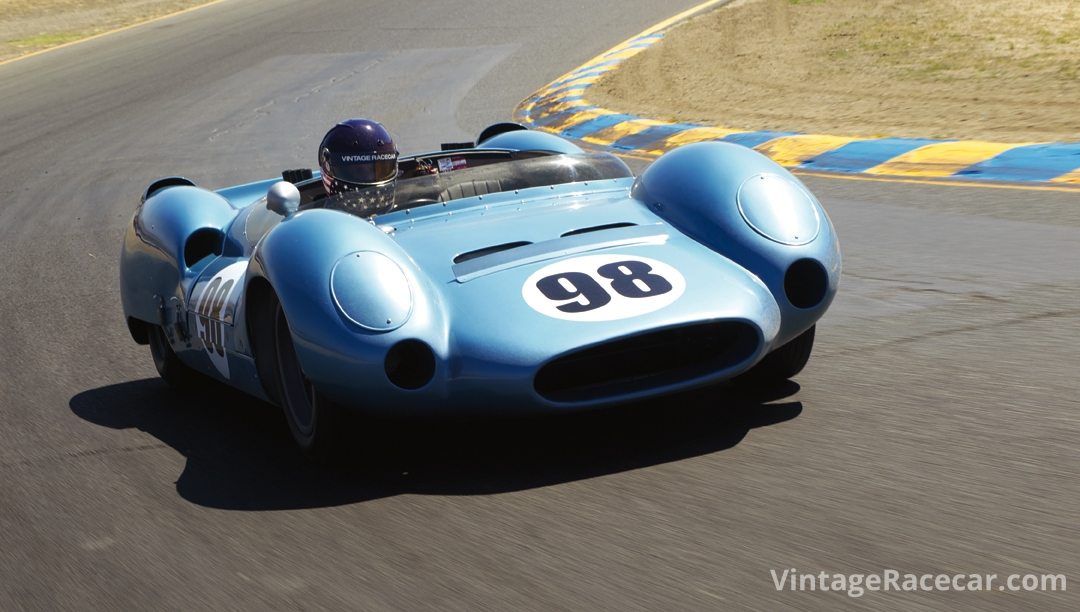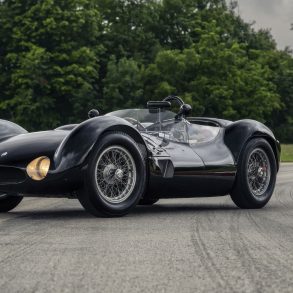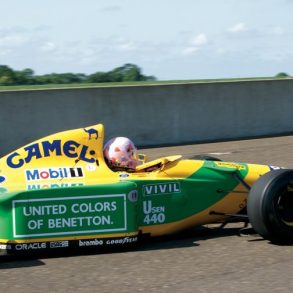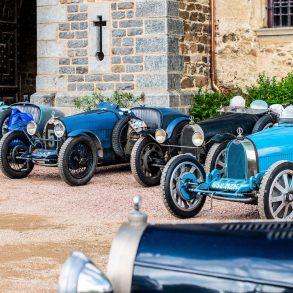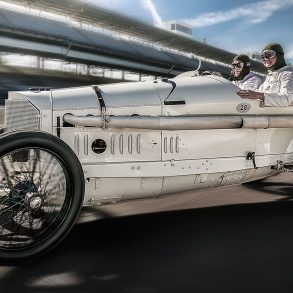The history of motor sport is, in many ways, a history of barriers being broken. In the automobile’s 19th-century infancy, 60 mph was thought an insurmountable barrier; doctors even hypothesized that the human body would be unable to breathe at that speed and, therefore, the driver would surely die. As racers proved this notion wrong, the physical barriers quickly shifted. Louis Rigolly became the first to break the 100-mph barrier in 1904. By 1925, Malcolm Campbell had pushed the barrier to 150 mph, while Henry Seagrave pushed it to 200 mph in 1927.

In the instance of motor sport’s racial barrier, progress was almost nonexistent until the 1970s. While Prince Bira of Siam was most notably one of the first non-Caucasian drivers to make it onto the international scene, in the late ’30s, his participation was fueled more by his vast wealth than any wholesale change in the sport’s acceptance of other races. In fact, further inroads for people of color were not significantly made until 1961, when Wendell Scott became the first African American to compete in, of all places, a NASCAR event. Who would have thought that NASCAR would end up being motor sport’s leading light of racial equality?
By the 1970s, other African American drivers such as Benny Scott and Willy T. Ribbs made inroads, in the professional ranks, yet it really hasn’t been until just in the past year or two that a driver of color, i.e., Lewis Hamilton, was able to firmly break the racial motor sport barrier at its highest level, Formula One.
With Hamilton’s success, the one glaring barrier left to be broken has been that of gender. The history of women’s participation in motor sport surprisingly dates all the way back to the dawn of motor sport itself. The first all-female motor race was held from New York City to Philadelphia, in 1909, and was won by Alice DiHeyes, driving a Cadillac—with four female passengers! While others would make brief appearances in the coming years, these proved to be the rare oddity or exception.
Prospects to break the gender barrier looked promising in the 1920s when Czechoslovakian phenom Elisabeth Junek began to give the men a “run for their money” in her Bugatti. Junek won her first international race meeting driving a Bugatti at Prague, in 1926, and in 1928 nearly won the famed Targa Florio, were it not for a faulty water pump. Junek’s career looked set to establish women’s place in motor sport, until the German Grand Prix of 1928, when her racer husband was tragically killed. Junek immediately retired from racing, thus stalling the fairer sex’s assault on the gender barrier.
Sadly, throughout the immediate pre-war and post-war years, women could find few places in professional motor sport, aside from the occasional rally. In fact, women would not rejoin the premier open-wheel ranks, until 1958 when Maria-Teresa de Filippis raced her Maserati in the Belgian, Portuguese, and Italian Grands Prix.
However, come the swinging ’70s, women like Lella Lombardi, Desire Wilson, and Divina Galica would all make stabs at Formula One, but lack of support and competitive equipment would ultimately doom the hopes of all.
A turning point, at least in the United States came in 1977, when Janet Guthrie became the first woman to compete in the Indy 500—and this in an event that had only just started allowing women into the pit lane! In the 1990s, Lyn St. James competed in the Indy 500, followed at the turn of the century by Sarah Fischer. All three demonstrated their skill and ability to run competitively “with the boys,” but none were able to put together the “total package” that would enable them to be front-runners.
Yet, in 2005, rookie Danica Patrick turned the racing world on its collective ear when she led the final stages of that year’s Indianapolis 500 and looked poised to finally shatter one of the longest standing of motor sport barriers. Sadly, fuel strategy didn’t work to her favor that day, resulting in her finishing an impressive 4th, the highest-placed finish for any woman in Indy history. The question on everyone’s lips after the race was, “Was it a fluke or just a preview of coming attractions?”
That question was recently answered in April 2008 when, I would contend, the gender barrier was smashed with monster truck force. On April 19, Patrick made IndyCar and motor sport history when she won the IRL’s Indy Japan 300, at the Twin Ring Motegi, the first overall victory for a woman in one of the world’s premier open-wheel series. Just to put “paid” on the concept that a woman’s place is behind the wheel, the following day, Simona De Silvestro drove to victory in the Formula Atlantic race at Long Beach, California, while the following weekend Ashley Force became the first woman to win an NHRA Top Fuel Funny car event.
Gentlemen, you may need to get used to the idea that the term “Ladies First” may have a very new connotation in the years ahead…but that, I think, is a good thing.


